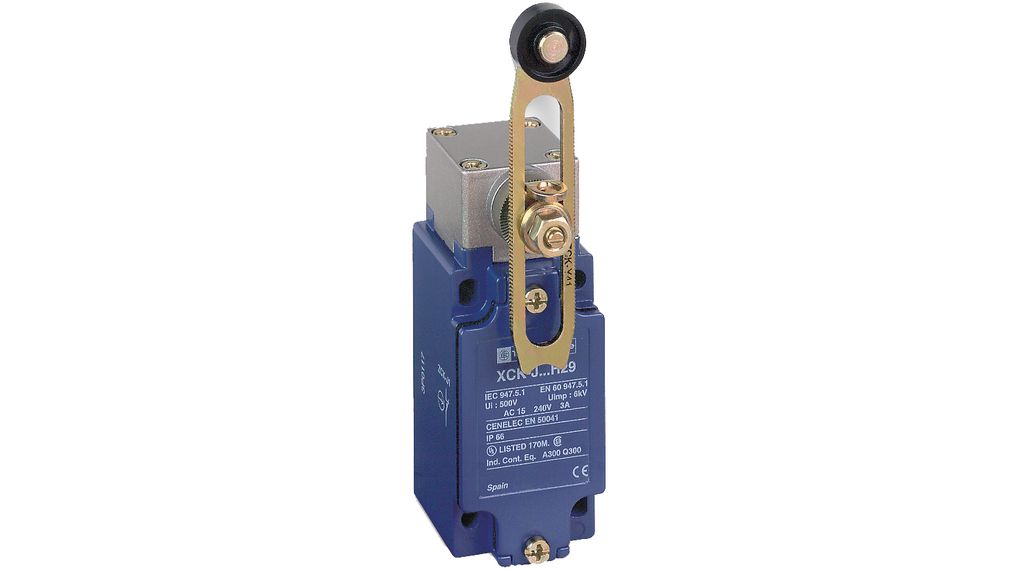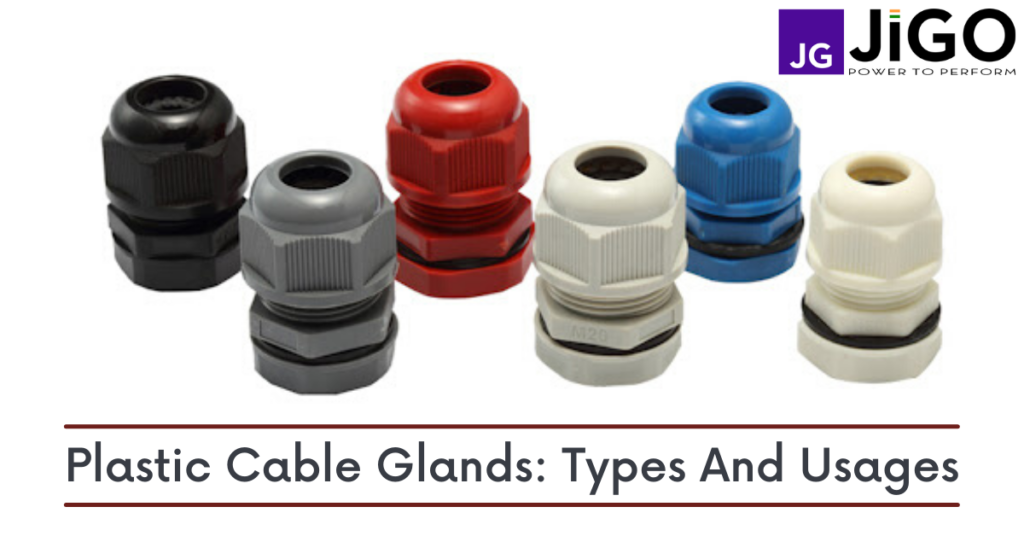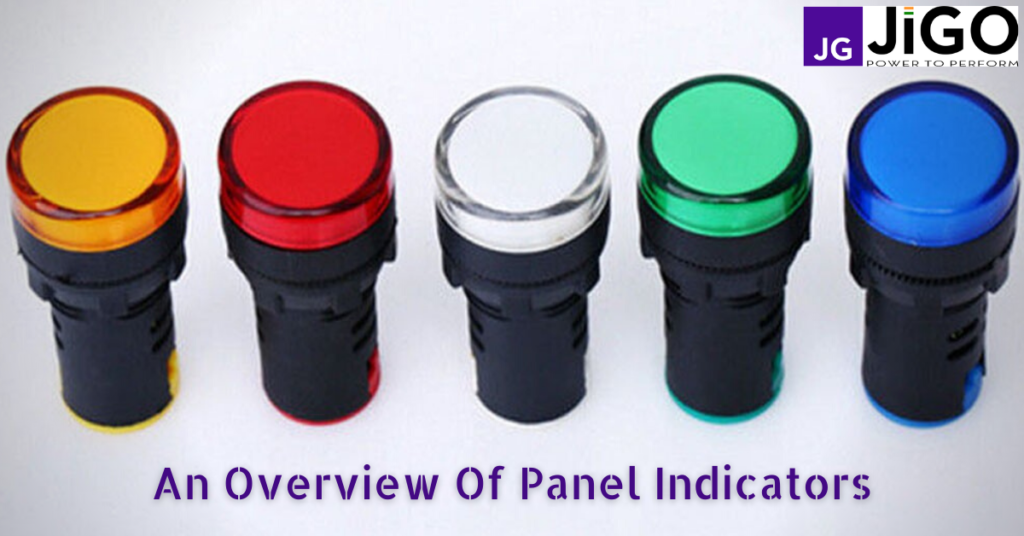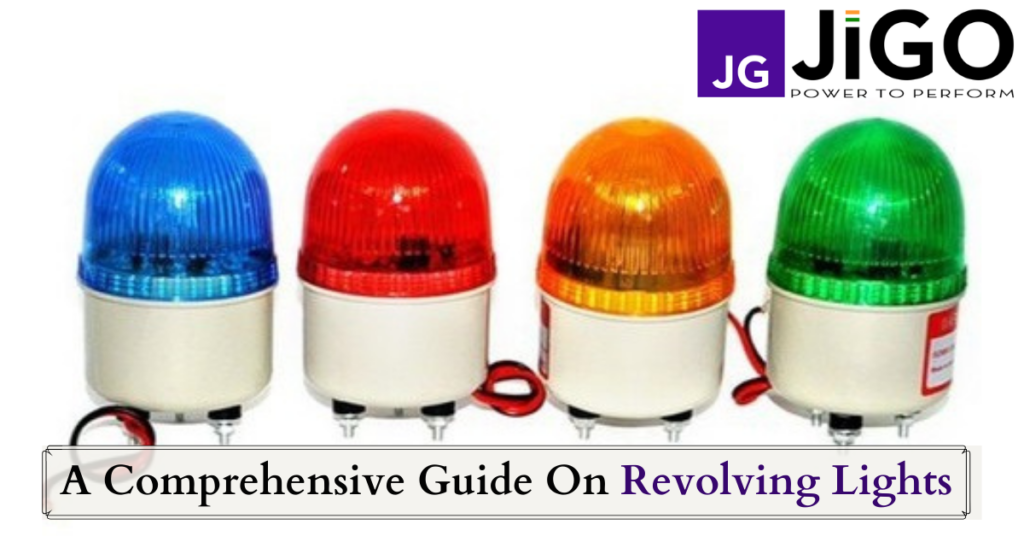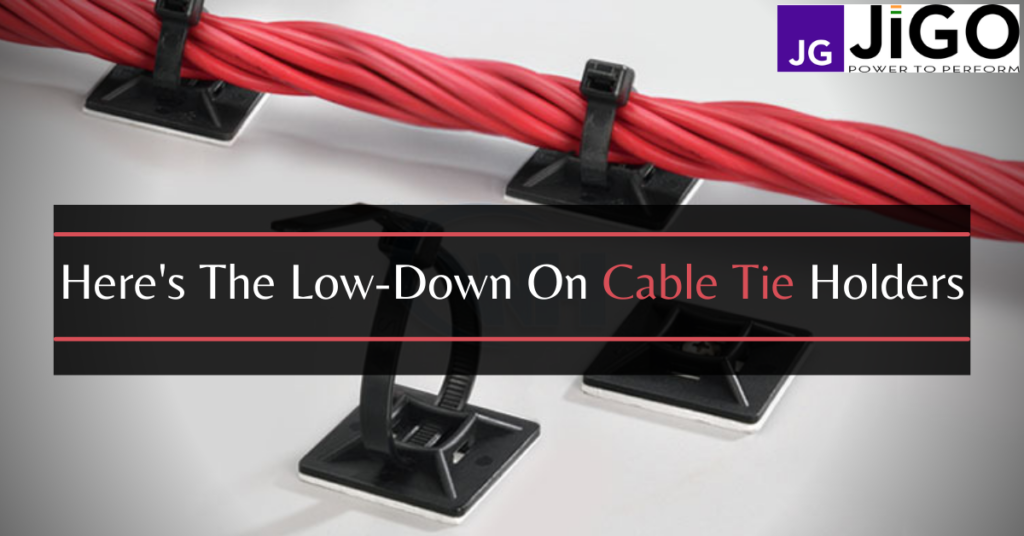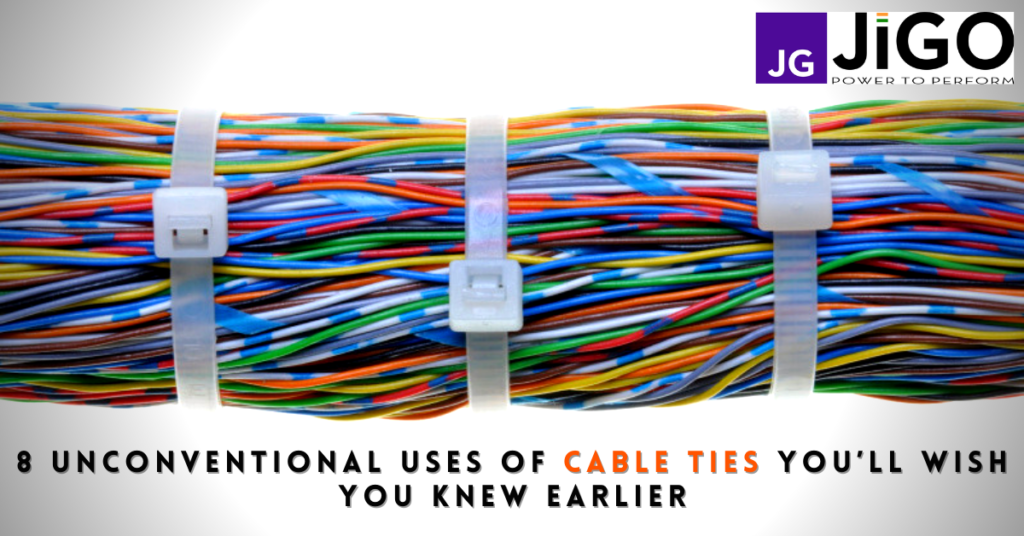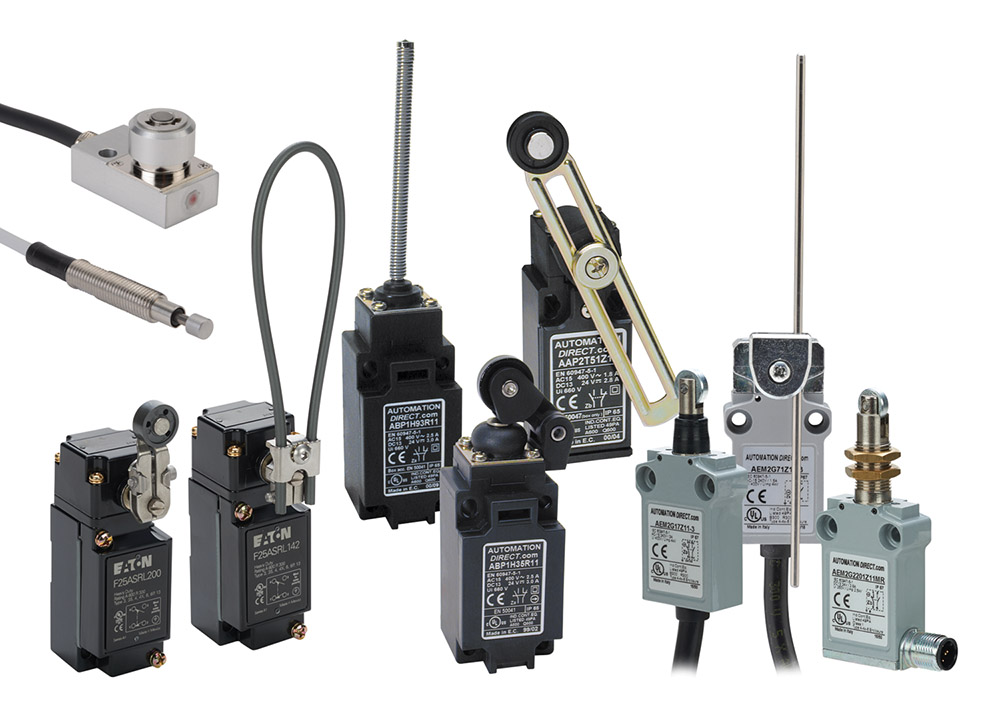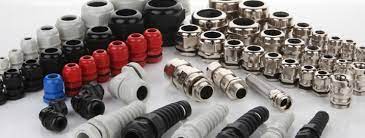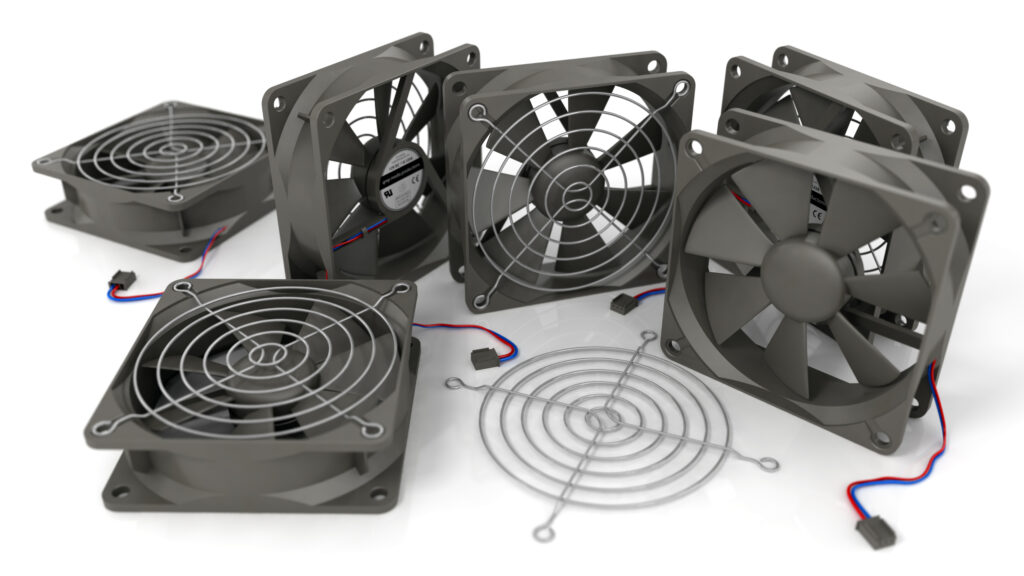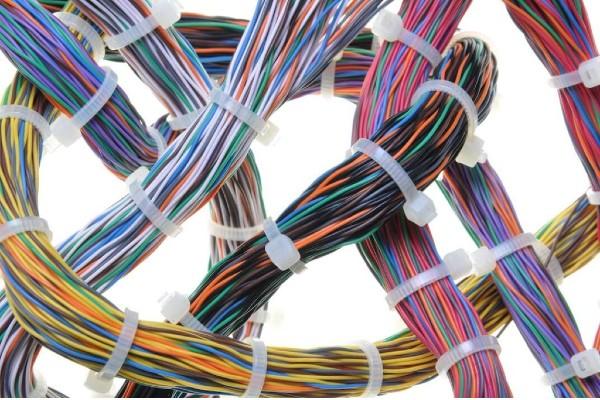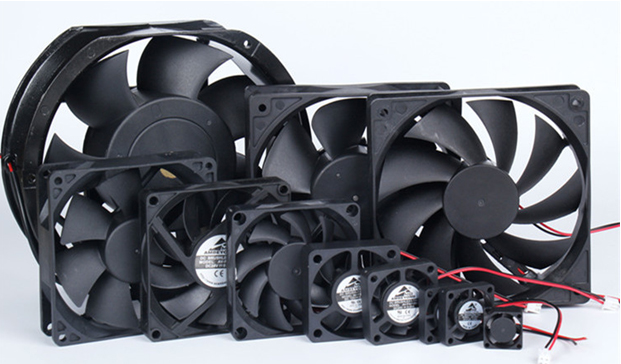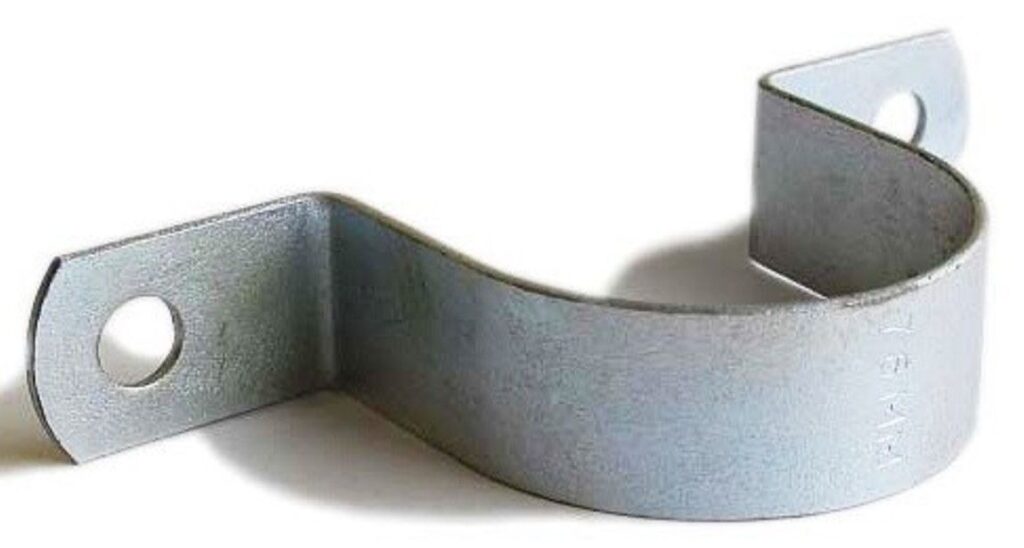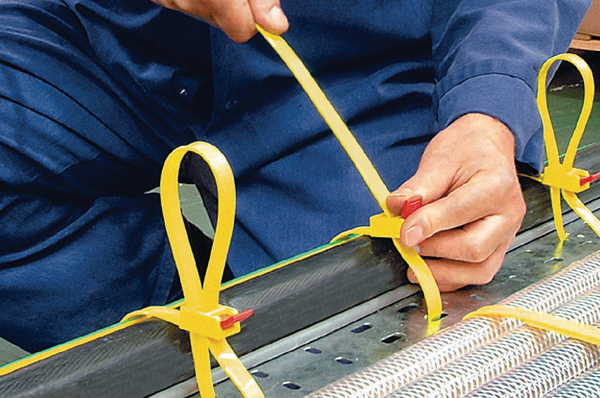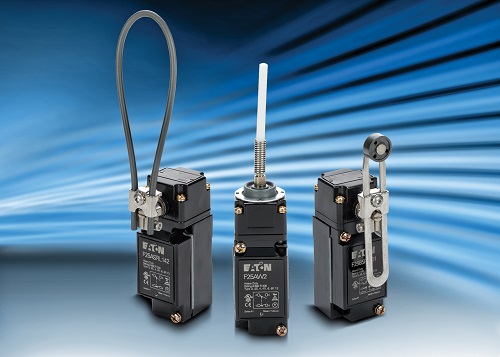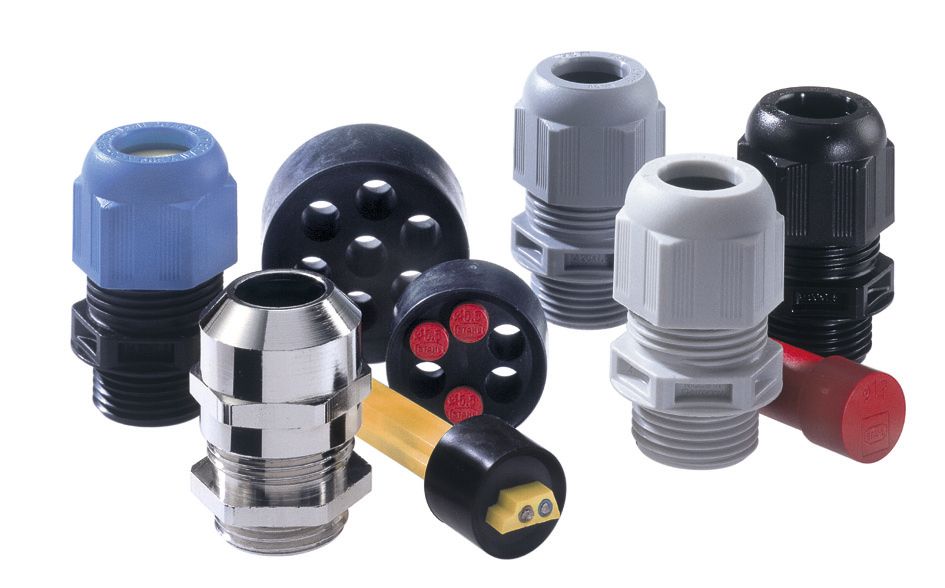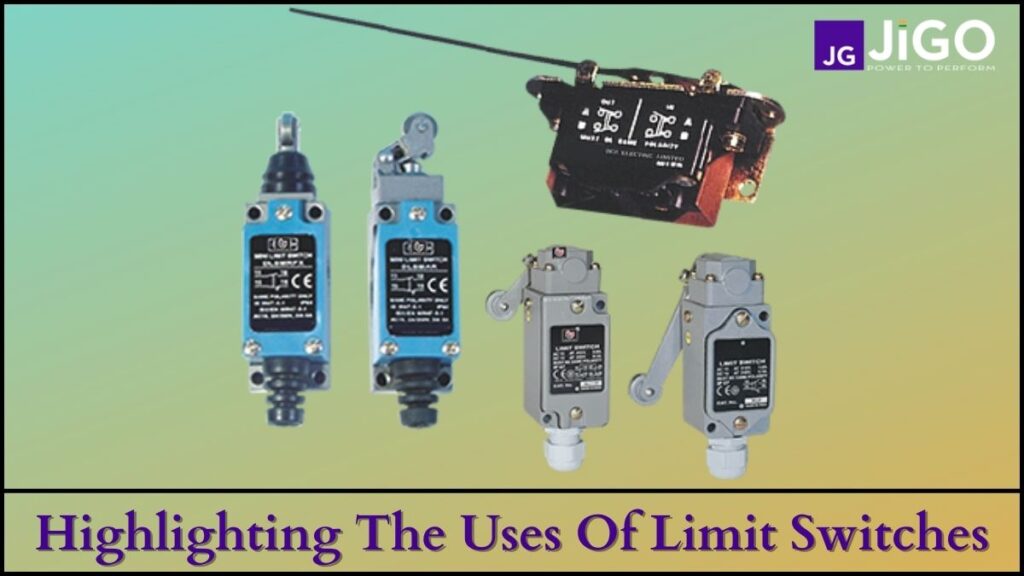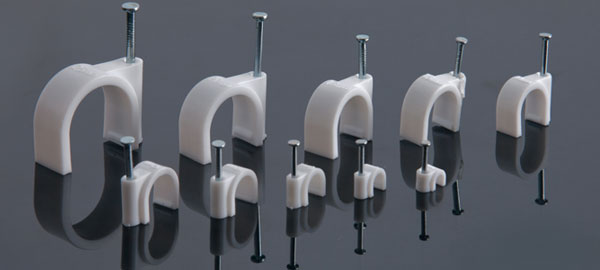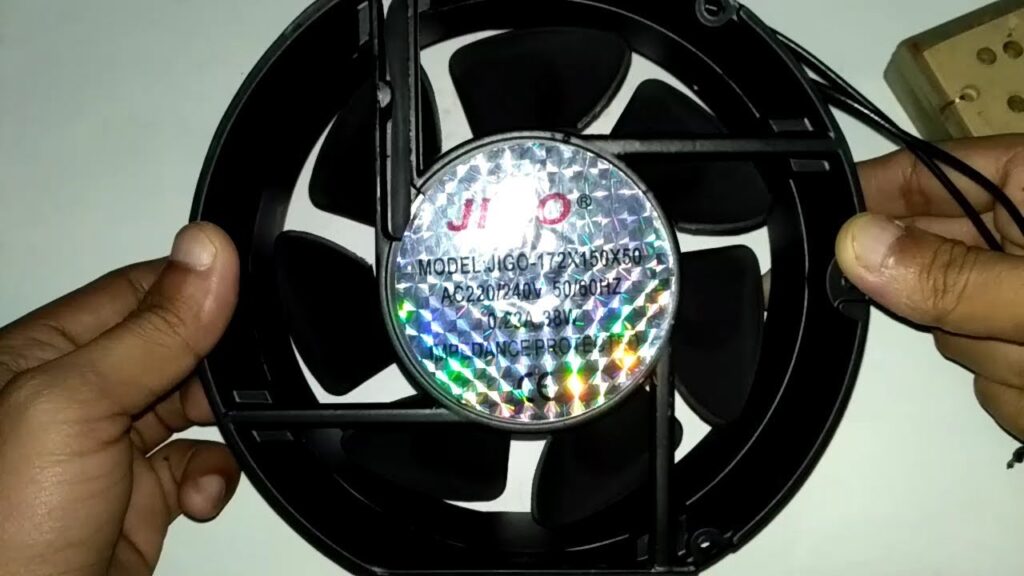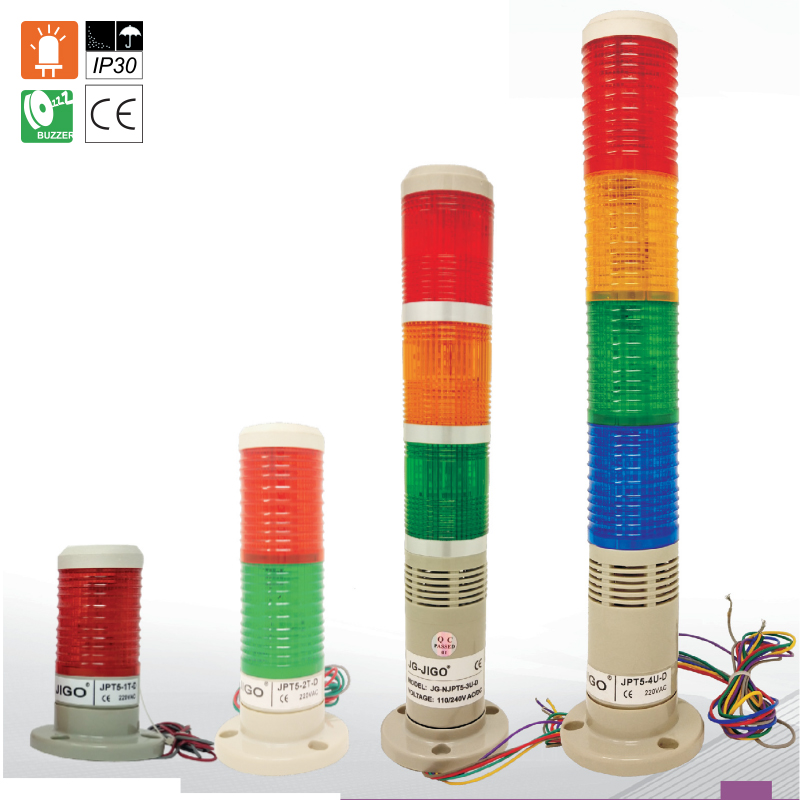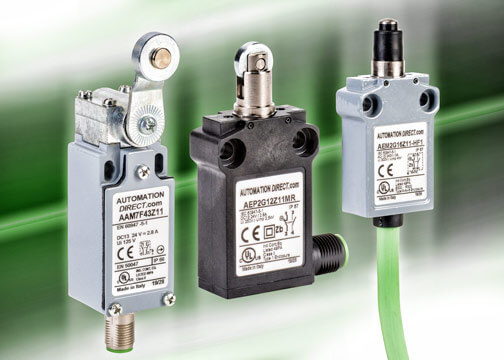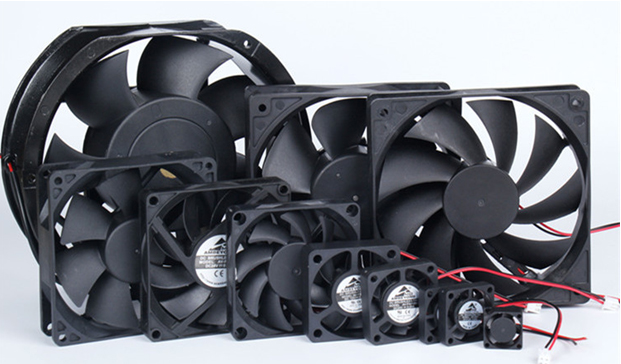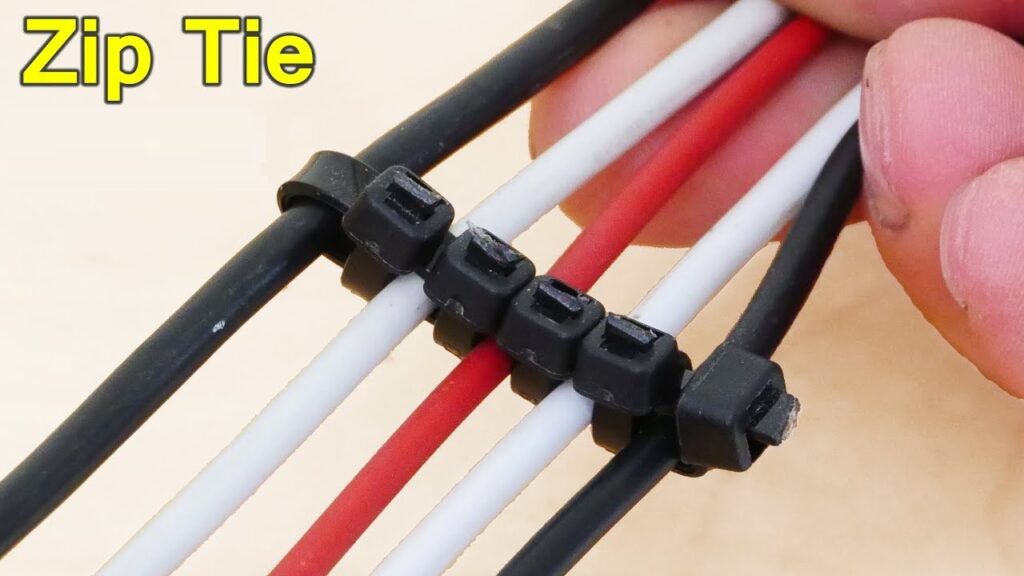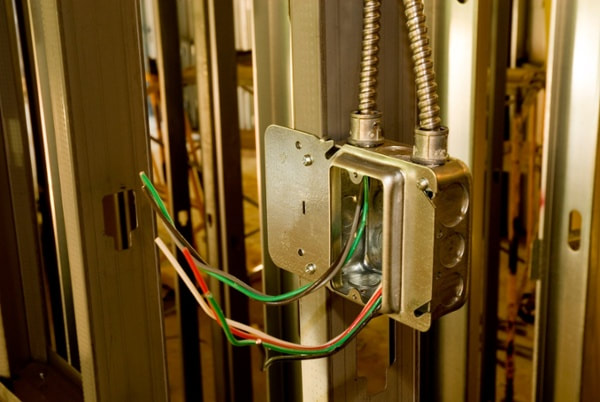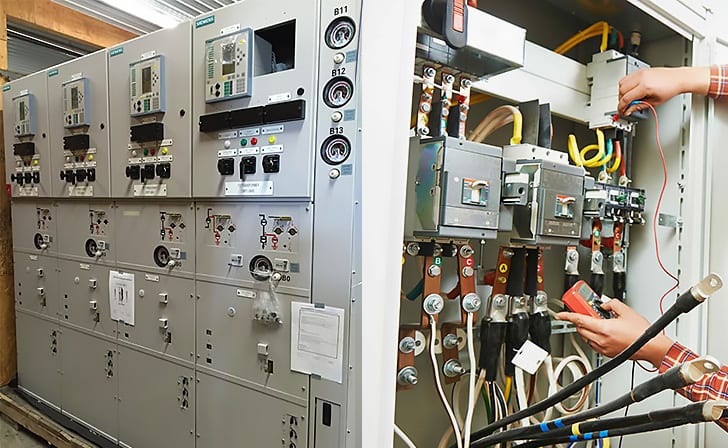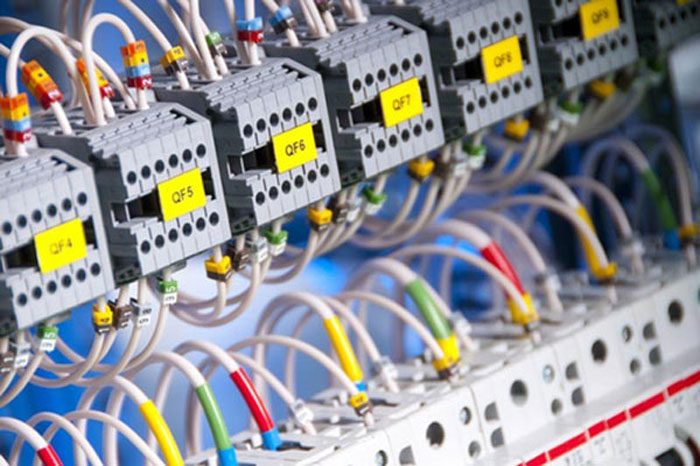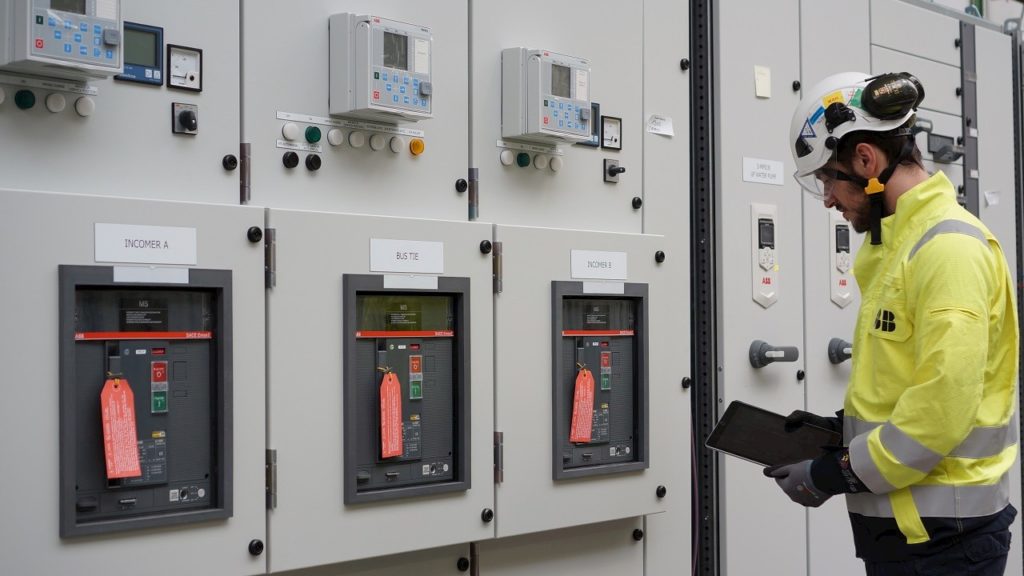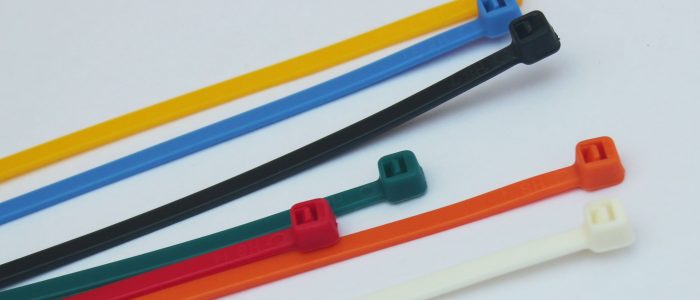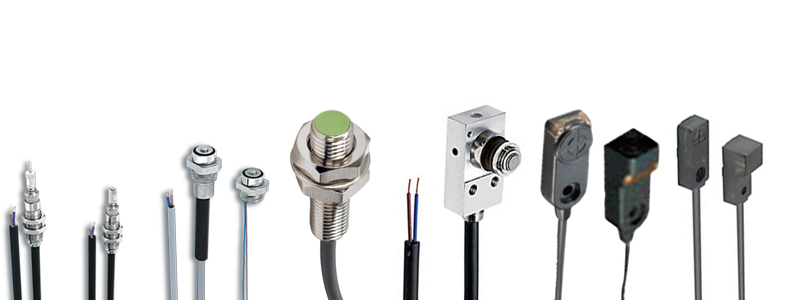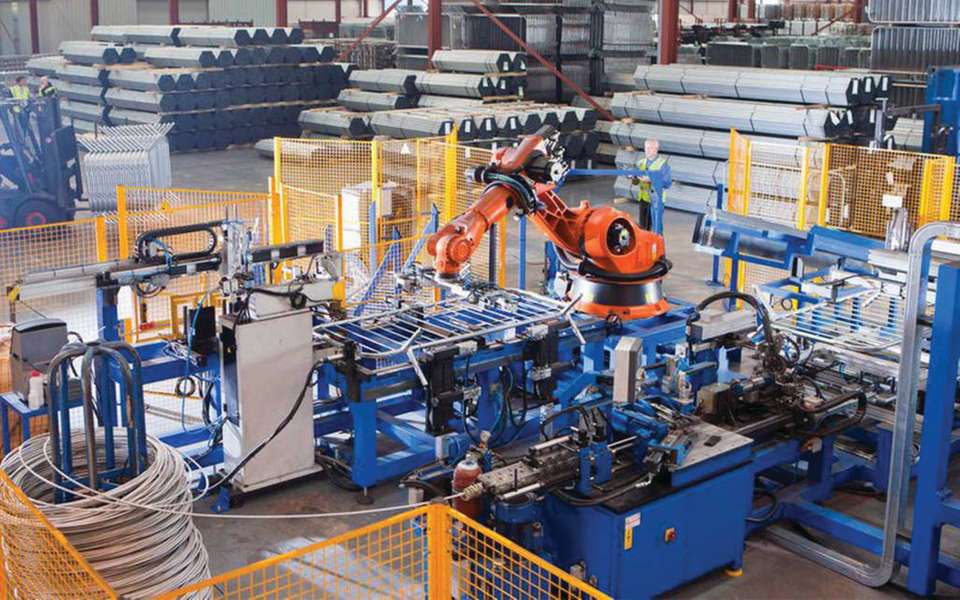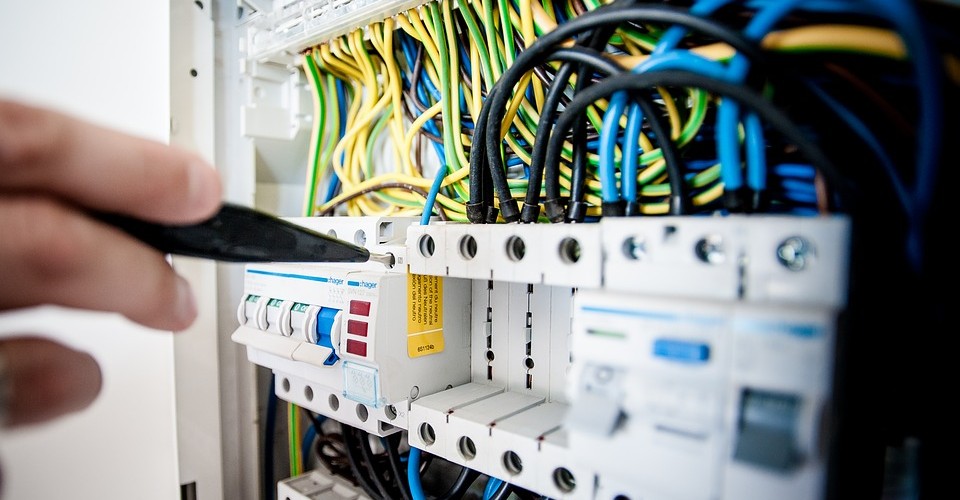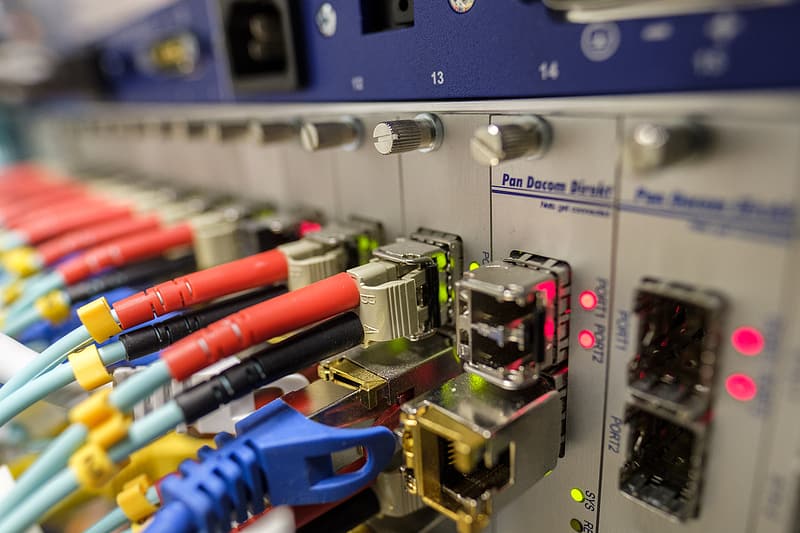
Manufacturer Nylon Cable Ties, Cable Nail Clips, Float Switches & other Cable & Panel Accessories

Manufacturer Nylon Cable Ties, Cable Nail Clips, Float Switches & other Cable & Panel Accessories

A Limit switch is used for automatic detection or for sensing the presence of an object, it also benefits in monitoring and indicating the movement limit of an object, whether it has been exceeded or not. Originally, the limit switches were used to define the limit or endpoint over which an object could travel before being stopped. It was at this point that the switch got its name as it was engaged in controlling the limit of travel.
Depending on the customers’ requirement limit switches might be combined with two of its general categories for example roller-lever.
A limit switch is used for industrial submissions in an electromechanical device, it consists of a mechanical actuator, which is linked to a series of electrical contacts. When an object comes in contact with the actuator plunger, there are movement that results in electric contact within the switch to close or open the electrical connection. The limit switch uses the mechanical movement of the actuator plunger in order to control or change the electrical switch state.
Related: Know About Limit Switches
Let us look at some of the applications, which would give you a better idea about the usage of limit switch, we all have seen a fridge right? So, what happens when you open the door of a refrigerator? We all see a light that indicates that the door of the refrigerator is open, now how does that happen? Yes, a limit switch is used at the door column in a refrigerator to indicate whether the door is open or close.
Another example of limit switch, you can see at the overhead garage doors where a limit switch acts at stopping the upward movement of the door on reaching its full limit.
Advantages of Limit switch:
They can be used to switch higher levels of current directly without the need to utilize secondary relay control.
Could be used to switch multiple loads.
Disadvantages or limitations of Limit Switch:
=> They are used for instruments that operate at a relatively low speed because limit switch relies on mechanical action.
=> They must get physically contacted with the target in order to operate, as they are contact sensors.
=> Limit switch due to their mechanical design tends to wear down over time and hence needs time-to-time replacements.
This is the list of advantages and disadvantages of a limit switch.
Summary
This blog presents a brief overview of a Limit switch, which includes their operations, advantages and their limitations, by Jigo one of the leading switch manufacturers in India. For more information on the topic please contact us at https://jigoindia.com/or mail us at hirawat@jigoindia.com.
